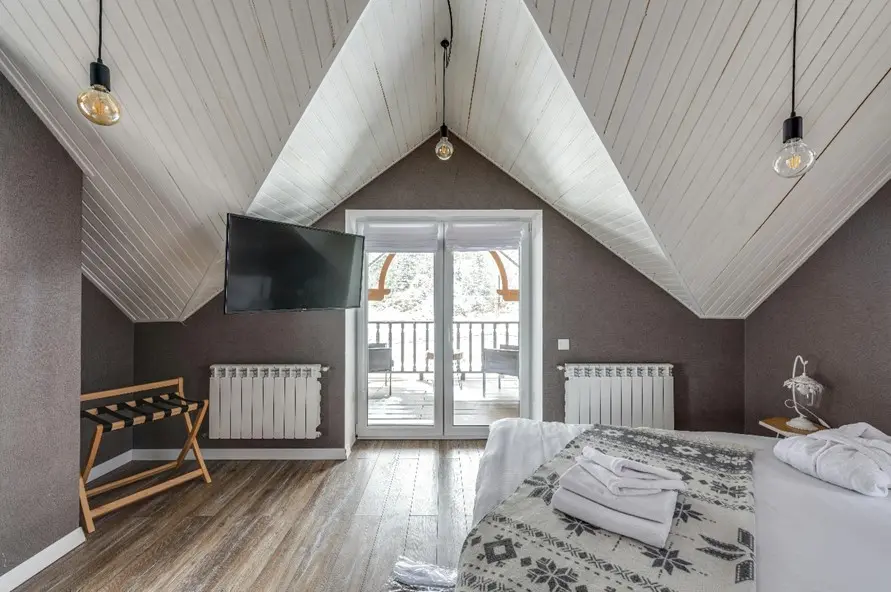Many homeowners struggle with determining the correct amount of insulation needed for their attic, often leading to inefficiencies. Understanding how much insulation required in the attic can significantly impact your energy bills and overall comfort. By making informed decisions, you can avoid common pitfalls and optimize your home’s energy efficiency.
Employing the services of a proper attic insulation expert in Los Angeles and surrounding areas is essential for maintaining a comfortable home environment and reducing energy costs.
Assessing your Insulation Needs
Accurately assessing your attic’s insulation requirements is crucial for achieving optimal energy efficiency. Misjudging the necessary insulation levels can lead to increased utility bills and discomfort. When insulation is insufficient, your home may struggle to maintain a stable temperature, causing your HVAC system to work harder. On the other hand, over-insulating can result in wasted resources and unnecessary expenses.
The right amount of insulation minimizes heat transfer, keeping your home warm in the winter and cool in the summer. This balance not only enhances comfort but also reduces the strain on your heating and cooling systems. Understanding recommended R-values, which measure thermal resistance, can guide you in determining appropriate insulation levels for your region and climate. Consulting local guidelines or professionals can provide insights tailored to your specific needs.
Climate zones play a crucial role in determining optimal insulation levels. The Department of Energy recommends different R-values based on geographic location, with colder regions typically requiring higher R-values. For instance, homes in northern areas might need R-49 to R-60, while southern regions may only require R-30 to R-38. Factors such as roof pitch, ventilation systems and existing HVAC equipment also influence the ideal insulation quantity. Regular assessment of insulation condition helps identify compression, moisture damage, or settling that could compromise its effectiveness.
When considering how much insulation you need in your attic, it’s essential to factor in the climate of your region and the type of insulation material you plan to use. Different materials have varying R-values, which measure their thermal resistance. For those looking to optimize their home’s energy efficiency, understanding these values is crucial. If you’re unsure about the best approach or need professional guidance, you can Learn More about the latest insulation techniques and materials that can enhance your home’s comfort and energy savings. This knowledge will help you make informed decisions and ensure your attic is properly insulated for maximum efficiency.
Practical Tips for Insulation
Avoiding common mistakes when determining attic insulation levels requires practical knowledge and careful planning. Begin by measuring your existing insulation depth to evaluate its current effectiveness. If you notice inconsistencies or gaps, it might indicate areas where additional insulation is needed to enhance performance. Identifying energy gaps involves checking for drafts or uneven temperatures throughout your home, which signal insufficient insulation coverage.
To optimize your investment, consider using reflective barriers or spray foam alongside traditional materials like fiberglass or cellulose. These options can increase efficiency without significantly altering existing structures. Strategic planning and material selection ensure that any additions are both cost-effective and high-performing. Searching for insulation companies near me and utilizing their service ensures tailored solutions that fit specific home needs while adhering to local building codes and standards.
Before adding new insulation, conducting a thorough air sealing process is essential. Even the highest quality insulation becomes less effective when air leaks are present. Focus on sealing gaps around chimneys, plumbing vents, electrical wiring and recessed lighting fixtures. Consider installing proper attic ventilation systems to prevent moisture buildup, which can degrade insulation performance over time. Creating an insulation dam around attic access points and maintaining proper clearance around heat-producing fixtures ensures both safety and optimal performance.
Benefits of Professional installation
While DIY methods for adding attic insulation may seem appealing due to lower upfront costs, they often lack precision compared to professional services. Experts offer thorough assessments that identify exact requirements for achieving optimal insulation levels. This precision helps prevent the issues associated with incorrect estimations. The benefits of professional installation extend beyond accuracy; they include enhanced safety and long-term performance of insulating materials.
Specialists are equipped with tools and expertise to manage installations efficiently, reducing potential hazards such as mold growth or structural damage due to improper handling. By seeking professional advice, you can enhance your home’s thermal performance effectively, ensuring that your investment in insulation pays off in the long run.
Also Read-The Best Games for Storytelling Enthusiasts


